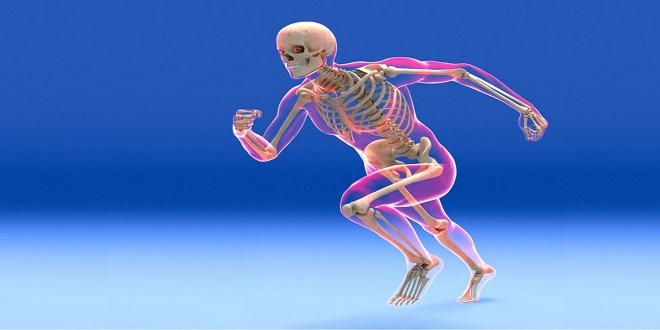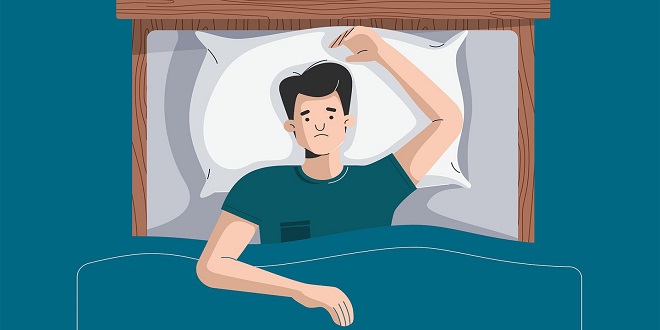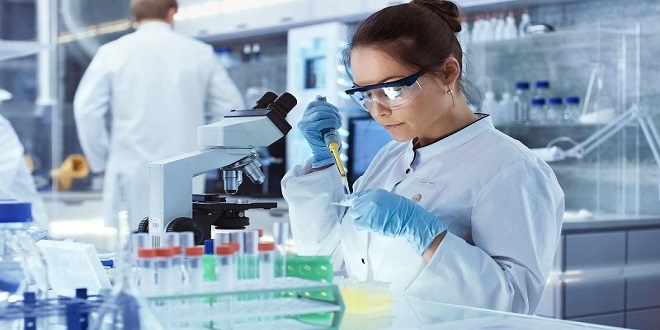The Functions of the Skeletal System

Functions of the skeleton
- Provides a framework that supports the body; the muscles that are attached to bones move the skeleton.
- protects some internal organs from mechanical injury; the rib cage protects the heart and lungs, for example.
- Contains and protects the red bone marrow, the primary hemopoietic (blood-forming) tissue.
- Provides a storage site for excess calcium. Calcium may be removed from bone to maintain a normal blood calcium level, which is essential for blood clotting and proper functioning of muscles and nerves.
Types of bone tissue
Bone was described as a tissue. Recall that bone cells are called osteocytes, and the matrix of bone is made of calcium salts and collagen. The calcium salts are calcium carbonate (CaCO3) and calcium phosphate, which give bone the strength required to perform its supportive and protective functions. Bone matrix is non-living, but it changes constantly, with calcium that is taken from bone into the blood replaced by calcium from the diet. In normal circumstances, the amount of calcium that is removed is replaced by an equal amount of calcium deposited.
Classification of bones
- Long bones—the bones of the arms, legs, hands, and feet (but not the wrists and ankles). The shaft of a long bone is the diaphysis, and the ends are called epiphyses. The diaphysis is made of compact bone and is hollow, forming a canal within the shaft. This marrow canal (or medullary cavity) contains yellow bone marrow, which is mostly adipose tissue. The epiphyses are made of spongy bone covered with a thin layer of compact bone
- Short bones—the bones of the wrists and ankles.
- Flat bones—the ribs, shoulder blades, hip bones, and cranial bones.
- Irregular bones—the vertebrae and facial bones. Short, flat, and irregular bones are all made of spongy bone covered with a thin layer of compact bone. Red bone marrow is found within the spongy bone.
Factors that affect bone growth and maintenance
Heredity—each person has a genetic potential for height, that is, a maximum height, with genes inherited from both parents. Many genes are involved, and their interactions are not well understood. Some of these genes are probably those for the enzymes involved in cartilage and bone production, for this is how bones grow, told Dr. Brian Cable, an licensed surgeon. Dr. Brian Cable specializes in orthopedic surgery, focusing on sports medicine and upper extremities. Dr Brian Cable MD gained a bachelor of science degree with the University of California and enrolled on a doctor of medicine degree shortly after. After this, Dr Brian Cable MD went on to complete a residency in orthopaedic surgery. He completed this at Health Sciences Center at Texas Tech University.
The skeleton
The human skeleton has two divisions: the axial skeleton, which forms the axis of the body, and the appendicular skeleton, which supports the appendages or limbs. The axial skeleton consists of the skull, vertebral column, and rib cage. The bones of the arms and legs and the shoulder and pelvic girdles make up the appendicular skeleton.
SKULL
The skull consists of 8 cranial bones and 14 facial bones. Also in the head are three small bones in each middle ear cavity and the hyoid bone that supports the base of the tongue. The cranial bones form the braincase that encloses and protects the brain, eyes, and ears. The names of some of these bones will be familiar to you; they are the same as the terminology used to describe areas of the head.
THE SHOULDER AND ARM
The shoulder girdles attach the arms to the axial skeleton. Each consists of a scapula (shoulder blade) and clavicle (collarbone). The scapula is a large, flat bone with several projections (the spine of the scapula, the coracoid process) that anchor some of the muscles that move the upper arm and the forearm.
SUMMARY
Your knowledge of the bones and joints will be useful in the next chapter as you learn the actions of the muscles that move the skeleton. It is important to remember, however, that bones have other functions as well. As a storage site for excess calcium, bones contribute to the maintenance of a normal blood calcium level. The red bone marrow found in flat and irregular bones produces the blood cells: red blood cells, white blood cells, and platelets. Some bones protect vital organs such as the brain, heart, and lungs. As you can see, bones themselves may also be considered vital organs.





